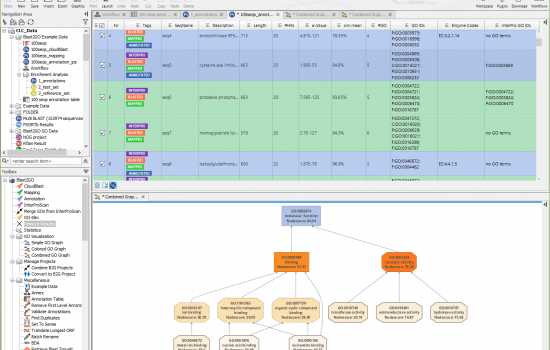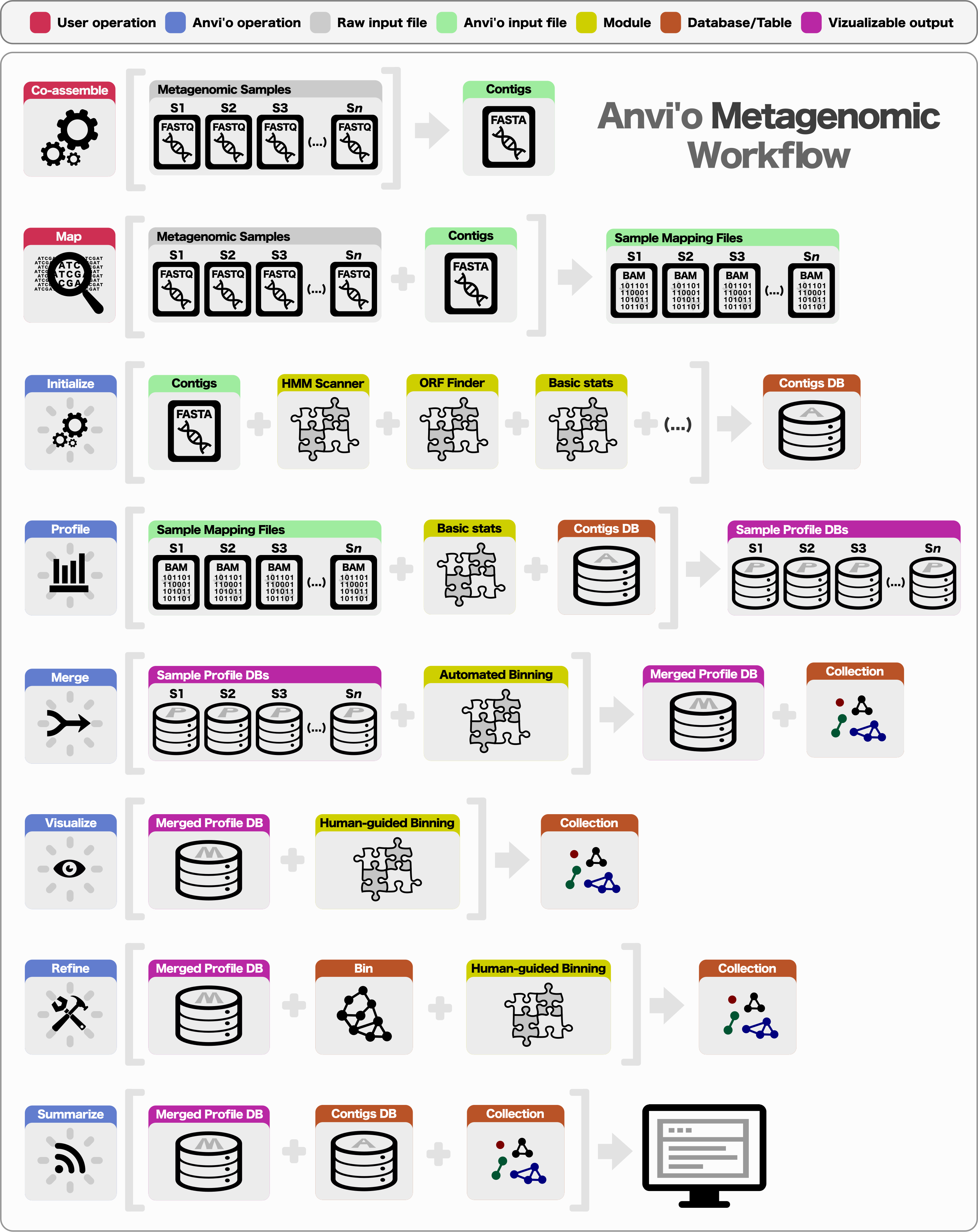

#Clc genomics workbench mapping protocol full
Globally, the two tested tools are suitable but the Linux protocol seems more efficient due to its capacity of full automation. Mapping was performed using default parameters. The reference sequences in the SAM/BAM file and.
#Clc genomics workbench mapping protocol software
Parental and progeny genomes have been sequenced by GBS then analysed with two different methods in order to compare their performances: the use of an adequate software for high-throughput data analysis, CLC Genomics Workbench and the use of an analysis protocol under Linux. CLC Genomics Workbench 10.1 was used to generate Single Nucleotide Polymorphism (SNP) phylogenies. To import mapping data from a SAM or BAM file you need to already have the reference sequences in the Workbench. Two parents from a Mediterranean productive variety have been crossed with two parents from another variety, grazing tolerant but of low productivity, to conceive four mapping populations. This study focused on lucerne, Medicago sativa, which is a highly heterozygous autotetraploid plant, in order to detect grazing resistance QTL. in CLC genomics workbench with the following settings (mismatch cost 2. These molecular markers are numerous in large genomes and facilitate genetic mapping, required to discover Quantitative Trait Loci (QTL) for plant breeding. The cDNA was used in place of genomic DNA as a template for 16S rRNA gene. Try resetting them to the default values. The mapping parameters may be too strict. Genotyping By Sequencing (GBS) is one of these technologies and allows detection of Single Nucleotide Polymorphism markers (SNP). Check that the correct reference genome and any relevant gene/mRNA tracks have been provided. DiffBind output files contain log2(fold changes) (treatment - control), P-values, FDRs of all peaks tested in tab delimited text format (.Improvements in high-throughput sequencing technologies currently allow a rapid and cheap sequencing for large and highly diverse genomes. Supplementary_files_format_and_content: Peak files contain the chromosomal coordinates of the peaks in. Identification of NO-regulated H3K9/14ac sites by comparison of the GSNO and GSNO/cPTIO treatment Removal of low quality samples (RSC values < 0.8)Ĭomputation of differential H3K9/14ac sites using DiffBind software: chromosomic peaks outside the centromeric region that occurred in at least six samples were used in the differential analysis with the edgeR method, and log2 fold changes as well as raw and FDR-adjusted p-values were recorded for each treatment-versus-control comparison. Peak calling was done with the clc genomics workbench For each sample the appropriate input control was considered. Peak calling using a P-value threshold of 0.05. using CLC Genomics Workbench (mapping to the human hg38 genome with. Mapping of reads to the Arabidopsis genome (TAIR10) using the clc genomics workbench and default settings. 2013) or Takara Bios SMART-Seq v4 Ultra Low Input RNA Kit for Sequencing (SSv4). 10 µL of each indexed library were pooled and the final library was purified using AMPure resin.įiltering of uniquely mappable reads using the clc genomics workbench (version 8.5.1, Quiagen) 1 ng of each sample and input was used for library preparation, 11 amplification cycles were applied to amplify the libraries.

Libraries were prepared using the MicroPlex Library Preparation kit v2 (Diagenode, C05010014) according to the manual. GEO help: Mouse over screen elements for information.Ĭhip antibody: anti-H3K9/14ac (Diagenode, C15410200)Ģ50 µM GSNO, 250 µM GSH, 250 µM GSNO / 500 µM cPTIO, 5 µM TSA for 3h and 16hĪpproximately 20 µL of seeds (dry volume) were grown in sterile 1x MS supplemented with 1% sucrose under moderate shaking (120 rpm) and short-day conditions (10h light/ 14h dark, light intensity 130 µmol s-1 m-2)Ĭhromatin was isolated, sheared and subjected to immunoprecipitation using the Plant ChIP-seq Kit (Diagenode, C01010150) according to the manual.


 0 kommentar(er)
0 kommentar(er)
